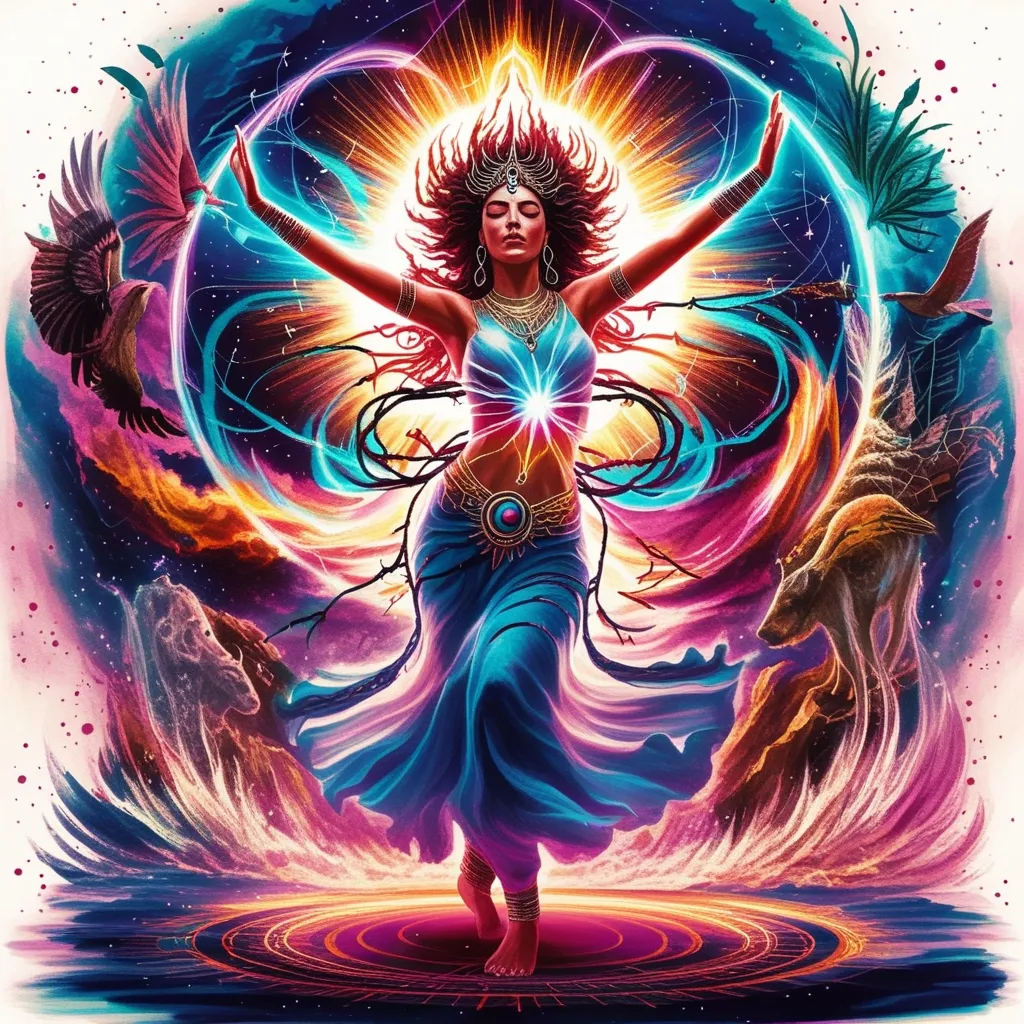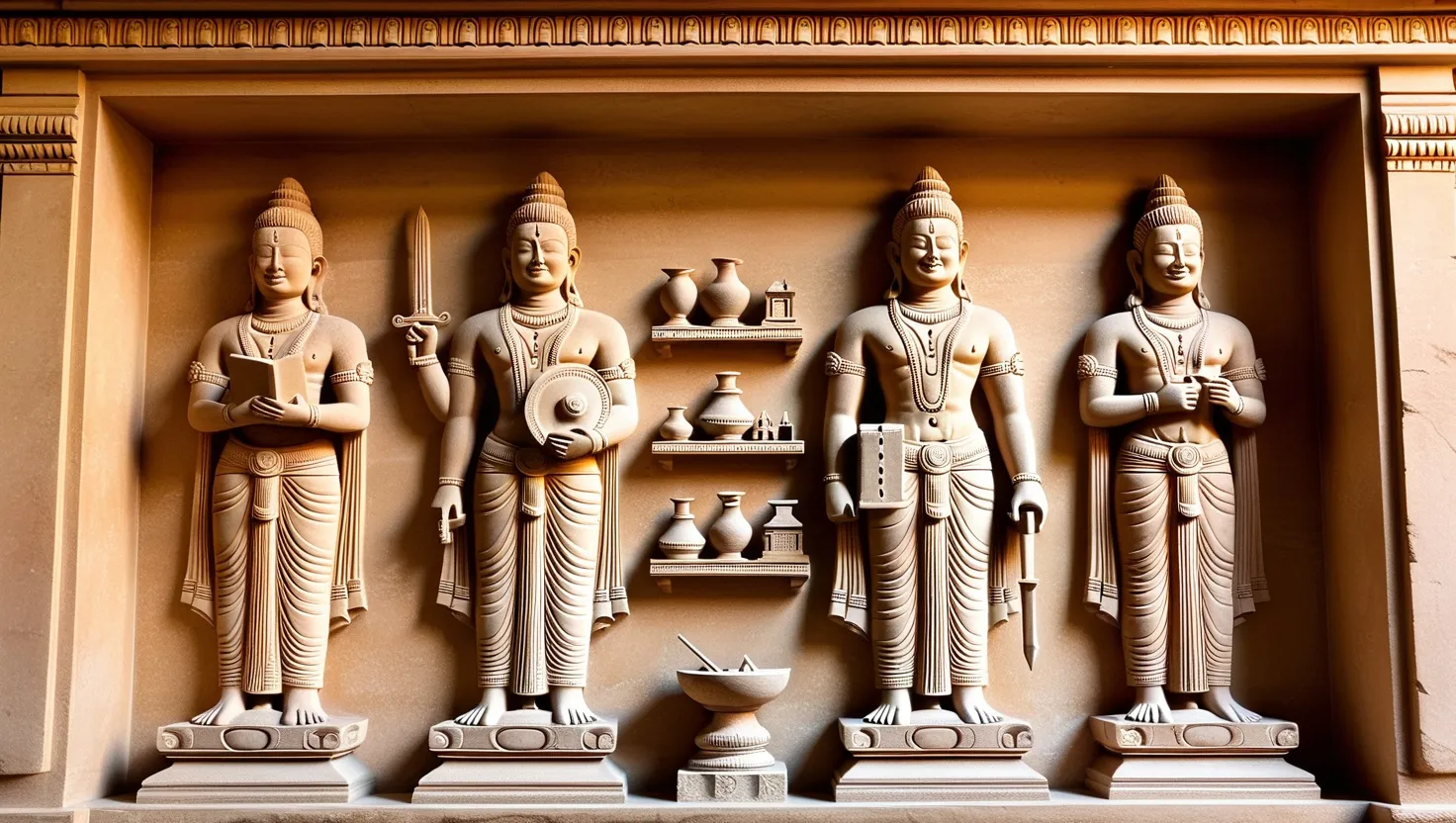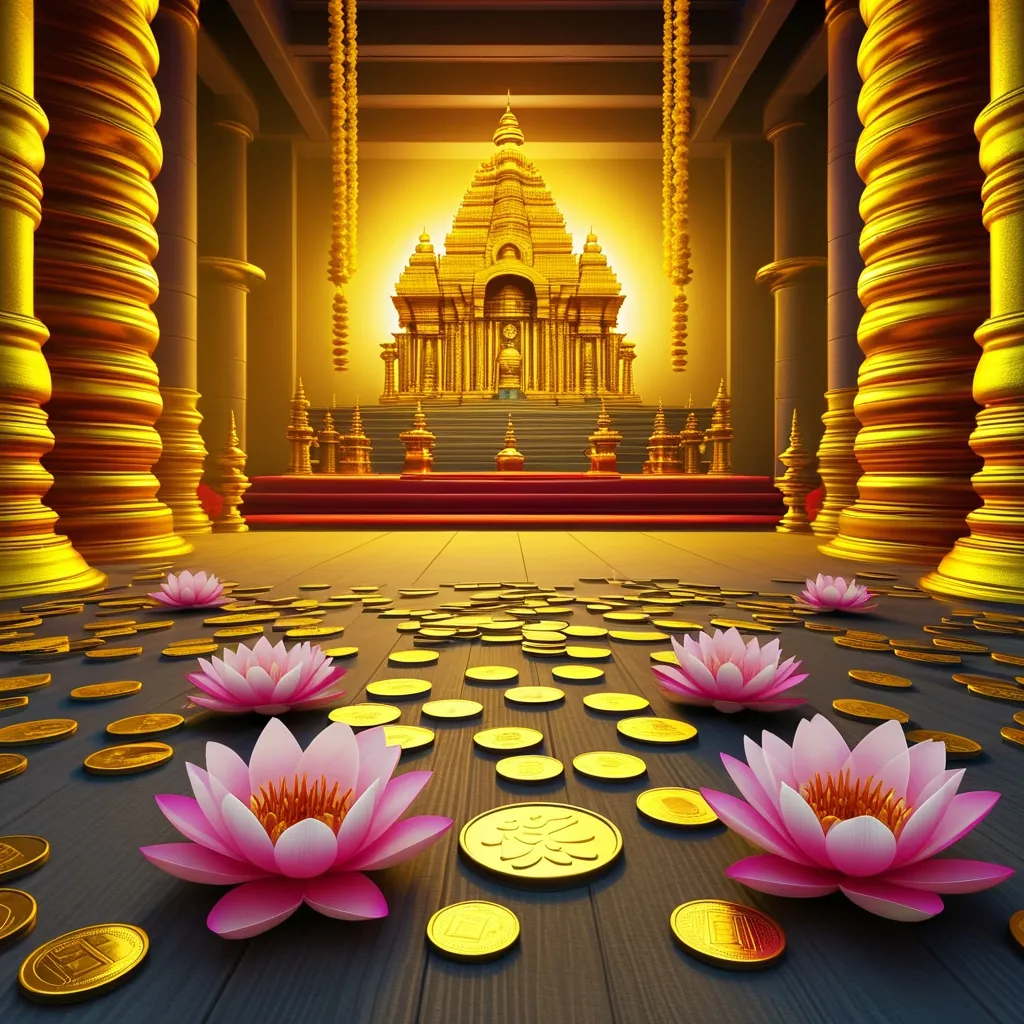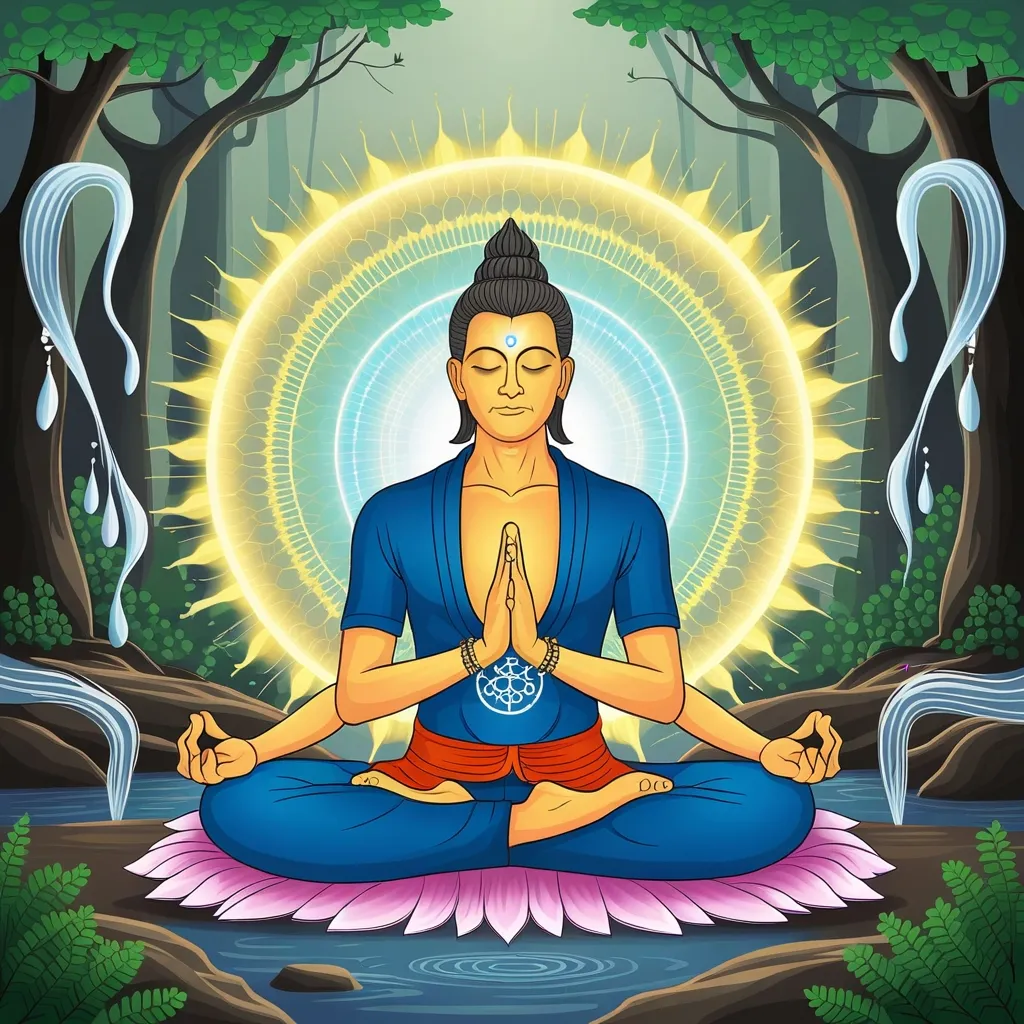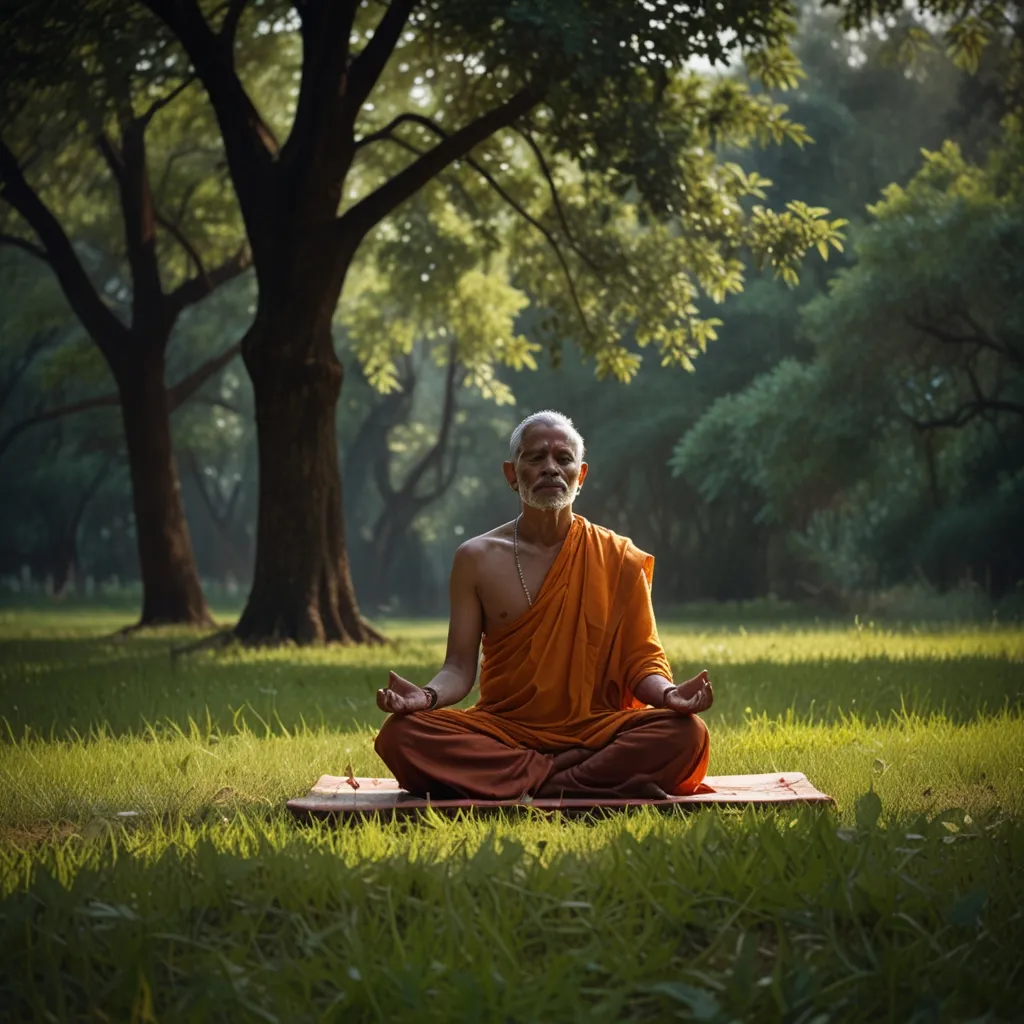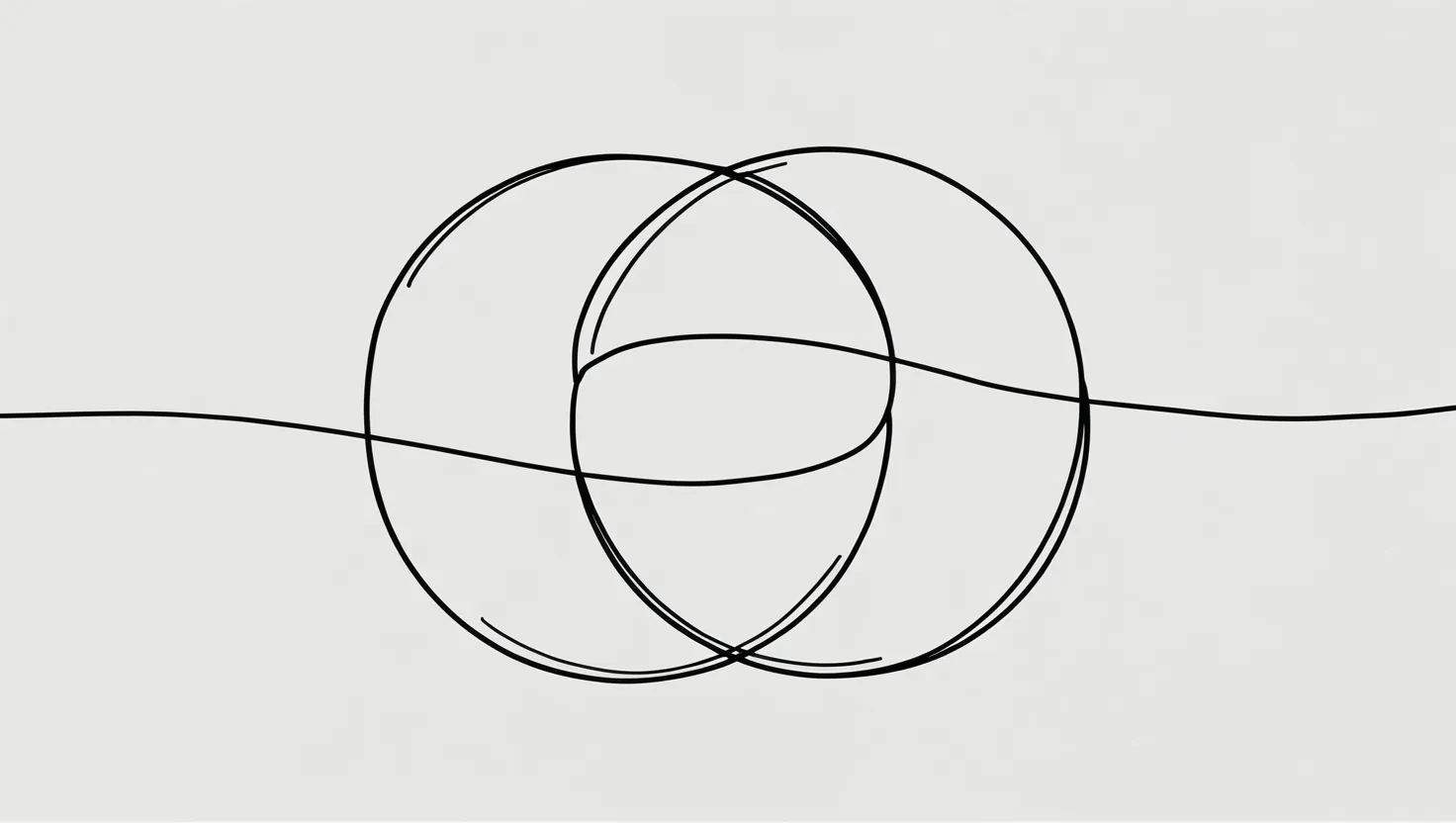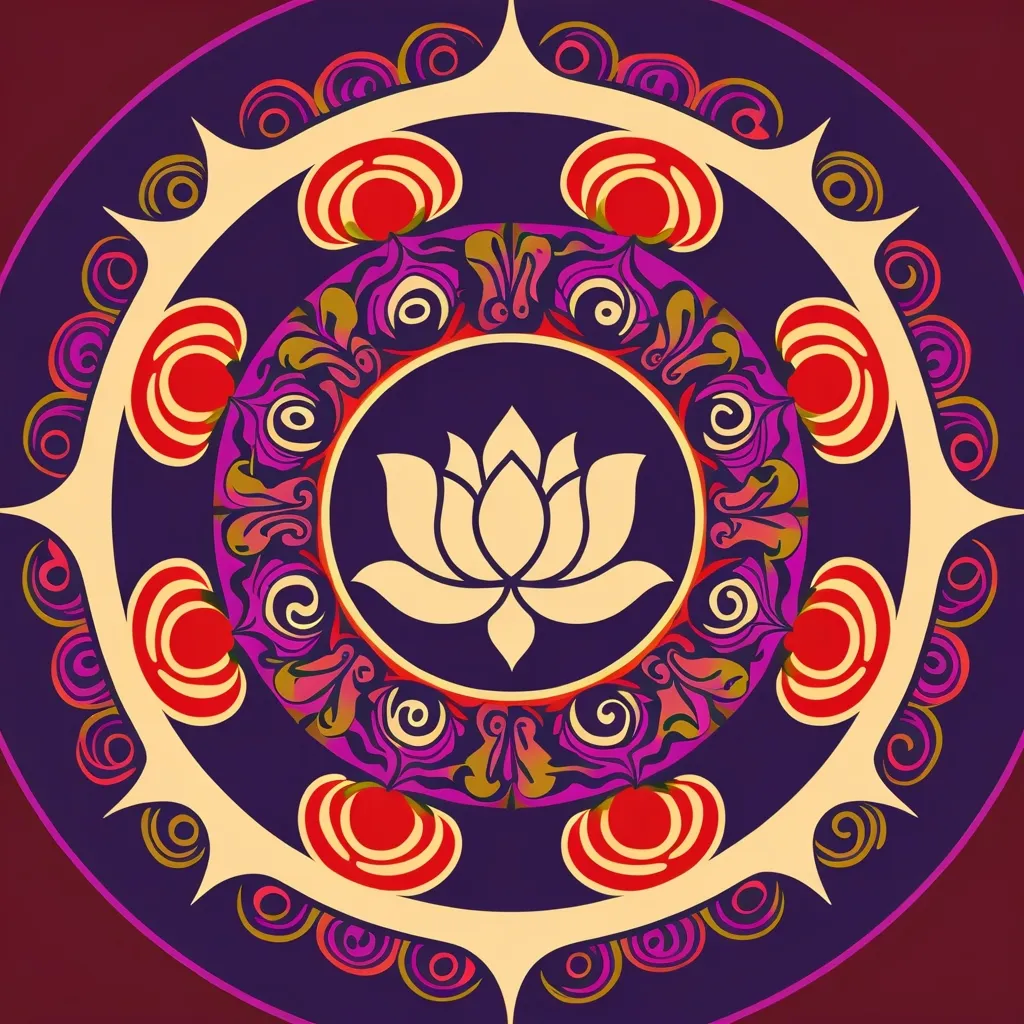In the colorful and intricate world of Hinduism, Shakti stands out as a thrilling celebration of feminine power and energy. This isn’t just a philosophical abstraction floating somewhere in academia. Instead, Shakti is a living, breathing force that weaves through the very fabric of existence, continuously influencing how life unfolds. As the embodiment of the divine feminine, Shakti has a dual character—creative and nurturing on one hand, yet equally destructive and transformative on the other.
Let’s break down what makes Shakti so essential. The heart of Shakti is power—raw, uncontained energy fueling the universe’s engine. It’s the spark behind every thought, emotion, and action that shapes the tangible reality around us. Picture it as a grand cosmic dance with Shakti owning the stage. Spiraling out from a timeless void, she moves in cycles of creation and annihilation, an endless rhythm that echoes through all existence. This isn’t just symbolic; it’s the dance that binds the cosmos together, something akin to the heartbeat of reality itself.
Shakti is the powerhouse of creation. She sparks life in everything from the tiniest subatomic particle to the sprawling stellar constellations. Her influence is not limited to the physical universe; it sweeps through biological processes and emotional landscapes, keeping everything in a harmonic but dynamic balance. Yet, in her wisdom, Shakti is also a force of destruction. Represented by deities like Kali, this aspect clears decay and gives room for renewal. Destruction might sound harsh, but within these cycles, it’s a necessary passage for new beginnings—a stern reminder of the intertwined nature of life and death.
Through various goddesses, Shakti reveals different facets of her energy. There’s Durga, the fierce warrior, offering protection and strength. Kali tears down obstacles with her intense energy, inducing transformation. Then there’s Lakshmi, who represents beauty, prosperity, and fertility. These goddesses aren’t just ancient tales but lively energies within cultural psyche, helping navigate human experiences. They embody traits we may need when confronting life’s complexities—Kali for courage amidst chaos, Lakshmi for comfort during sorrow, each a vital thread in Shakti’s vast tapestry of power.
As contemporary feminism evolves, Shakti resonates deeply within these movements. More than just a symbol of external equality, she signifies a soulful dive into the essence of femininity. Shakti’s energy embraces resilience, creativity, and strength, serving as a beacon for many women striving against societal norms. She offers a lens through which to challenge the constraints imposed by traditional gender roles while simultaneously celebrating the unique attributes women contribute to the world. Especially for Hindu-American communities, Shakti is seen as a counterbalance to toxic masculinity, encouraging a redefinition of feminine power beyond conventional boundaries.
Experiencing Shakti’s energy goes beyond intellectual appreciation—it enters the realm of tangible spiritual practice. Whether it’s through chanting sacred sounds, visualizing potent images, or meditative focus on geometric symbols, these practices offer a roadmap to connect with Shakti’s energies. They provide tools to unlock latent strengths, allowing individuals to feel more attuned with the interconnectedness of the world.
In Tantric traditions, linking Shakti to kundalini reflects this philosophy. Kundalini is like a dormant reservoir of primal energy within every person, waiting to be awakened through practices like yoga and meditation. By channeling Shakti, individuals can undertake a journey of spiritual metamorphosis, freeing themselves from societal conditioning and discovering deeper truths about their existence.
The balance of masculine and feminine energy is crucial, often exemplified by the partnership between Shakti and Shiva, her male counterpart. This dynamic duo embodies a beautiful interplay between energy and consciousness, form and void. Their dance, known as Tandava, serves as a metaphor for maintaining equilibrium in life. Where toxic stereotypes about gender might divide, acknowledging the co-creative power of both Shakti and Shiva can lead to greater harmony and inclusivity.
In our modern world, Shakti’s influence goes beyond religious confines. She emerges as a universal emblem of empowerment for both women and men. Amidst life’s challenges, Shakti stands as a reminder of the necessity for balance, creative adaptation, and enduring transformation. For women, in particular, Shakti becomes a wellspring of strength—energizing the historical narrative of women’s resilience and inherent creativity that have too often been suppressed or ignored.
Ultimately, engaging with Shakti means more than borrowing from an ancient tradition—it means accepting the vibrance of life itself. Shakti is about constantly creating, maintaining, and even dismantling to foster growth and adaptation. It’s embracing change and using it as a catalyst to push our boundaries. At a time when conflict and division scatter the global landscape, Shakti’s essence encourages us to seek harmony within ourselves and among each other.
In cherishing Shakti, there’s an opportunity to uplift both the divine feminine and the interconnected life force present in all of us. By recognizing her within the rhythm of life, one can harness a transformative power that pushes towards a fuller, shinier existence. Shakti pulsates with every heartbeat, lighting the fires of creativity and guiding us toward evolving into something greater. In honoring her, the invitation is extended to embrace this endless dance and the wondrous possibilities it brings.
